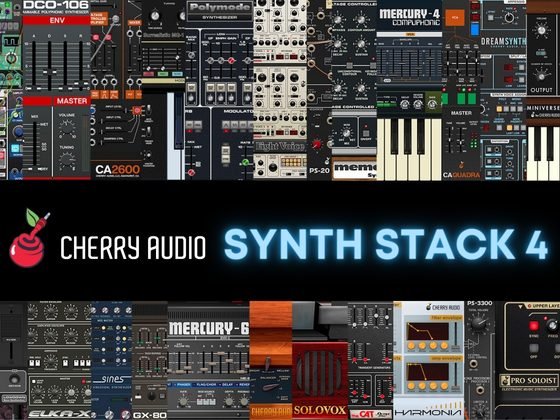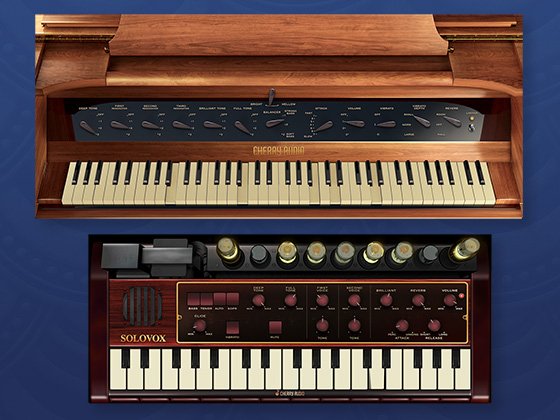$10.00
Also available in The Drift Pack at a greatly reduced price!
Dynamic Noise is great for adding some warmth and lo-fi quality to any audio. The module mixes noise with the input signal, but instead of just generating a static background hiss, the amount of noise is controlled by the level of the input signal: no input means no noise, louder input signals also make the noise louder. This makes the noise feel more like it’s part of the original signal, instead of just an added effect. Set the overall noise level with the MIX knob. Clicking the SOLO button mutes the input signal, so you can listen to just the noise element.
The ATTACK and RELEASE knobs adjust how quickly the noise level follows the signal level. Slower settings make the noise react slower, making it smoother and more like traditional noise. The fastest settings act more like tape asperity noise: play some low notes through the module, and the noise flutters in interesting ways.
The filter section allows you to shape the noise in different ways. Select the filter type with the buttons, and use the CUTOFF and RES(ONANCE) knobs as usual. The MOD knob modulates the filter cutoff with the noise level (which reacts to the incoming signal level), which can create cool filter sweeps. The knob also goes below zero to make the modulation go the opposite way. Note that the overall level of the input signal also affects the filter modulation.
When both outputs are connected, the module generates noise separately for both outputs, even when only one input is connected (use the left input for mono). This works well for adding subtle stereo width to mono signals.
And last but not least, you are not limited to just the built-in noise - you can use any external audio as the ”noise” signal! Just connect an audio source to the NOISE IN jacks (left input for mono), and use it just like the internal noise generator.
Tip: If you want the noise to react to a processed version of the input signal while keeping the audible signal intact (for example, a compressed input signal to make the noise level changes less dramatic, or a high-passed signal to make the noise react only to high frequencies): First route the input signal through whatever processing you want to do, then to Dynamic Noise. Enable the SOLO button so that you only hear the noise. Then mix the dry (not processed) input signal with the output of Dynamic Noise.



























































